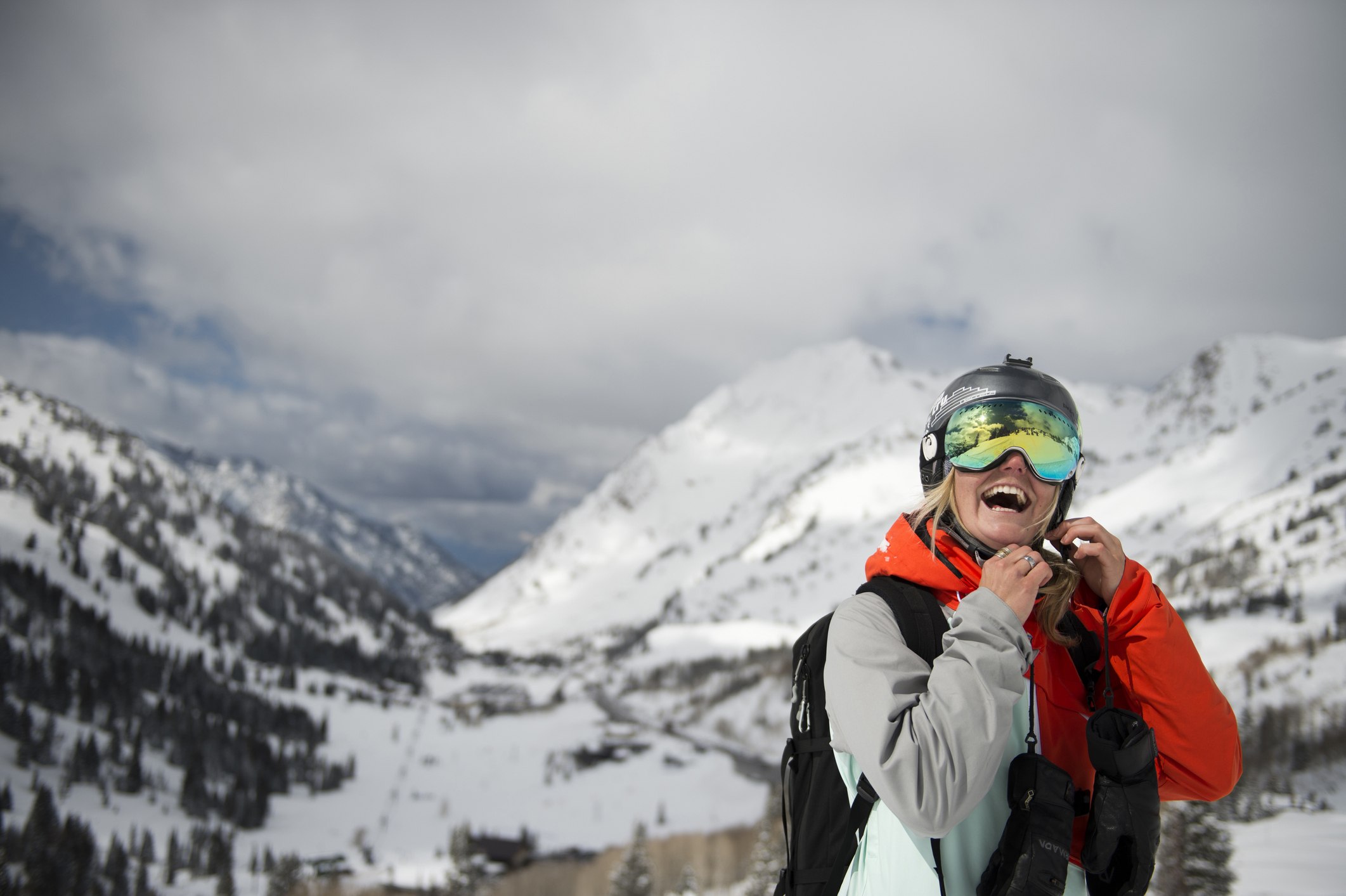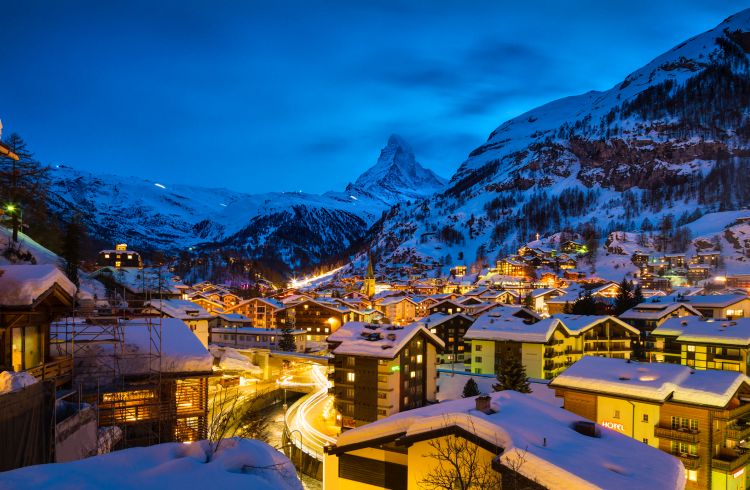Reading time: 5 minutes

None of us could have imagined the unprecedented events that have unfolded in recent months. For most of us, travel is now paused but that doesn't mean dreaming and planning should be put on hold. Here is some inspiration for when we can travel again.
Going skiing or snowboarding this winter? We share our tips for staying safe on your snow trip.
A version of 5 Snow Travel Safety Tips: How to Stay Safe in Winter first appeared on WorldNomads.com.
 Photo © Getty Images/mbbirdy
Photo © Getty Images/mbbirdy
Always ski or board responsibly, staying mindful of others while enjoying the slopes – not just for your own safety, but that of everyone else around you.
Alpine Responsibility Code
You may see a set of rules on display at ski resorts and they are most likely from the Alpine Responsibility Code. The code is accepted by most snow sports authorities and resorts across the world (they can slightly vary from place to place) and is intended as guidelines for the safety of snow users. They are a good mix of safety protocols and common sense, so have a look at them the next time you are out on the slopes.
How to stay healthy in the snow
Weather conditions
No matter where you go for the snow, be it here in Australia, New Zealand, Japan, the USA or Europe, there will be days where the weather is good, however, it can be hard to predict when it will turn bad. A change in conditions, including fog, high winds and heavy snowfall, can happen rapidly and visibility can drop to almost nil, putting you in a potentially dangerous situation.
Always take advice from resort staff on weather conditions, and keep an eye on local forecasts and their predictions for temperature as well as snowfall - the quality of snow tends to improve the colder it gets, and vice versa. Pay attention to any sudden drops in the temperature, when this happens it can signal a change in the weather.
if bad weather rolls in while you are on the mountain, it can happen very quickly. Start to make your way towards the nearest lift to get down as soon as possible.
During the day, your snow gear might become wet, and wet gear will freeze quickly, so it's important to get down the mountain before you get caught out.
Safety at night in the snow
At ski resorts, the action doesn't stop once the sun goes down. Aside from night skiing and riding, many ski resorts have a vibrant nightlife with live music, late-night bars and cheap drinks. Here are some tips so you can stay safe:
- Head out in a group if possible – safety in numbers
- Wear your ski jacket or dress warm, as temperatures drop noticeably in the evening
- If you're at a higher altitude, drinking alcohol will have a greater effect and result in you getting drunk faster. Pace yourself and drink in moderation
- In some locations, bartenders survive off the tips they receive, so lay out a few dollars as a starter tip to get the attention and service from a bartender. In the USA, neglecting to tip means you won't get served. Tipping one or two dollars is sufficient
- When heading back to your accommodation, make sure you know the way. Every snow season, there are incidents where people are intoxicated and end up suffering from serious exposure, or worse, on the way home.
Driving in winter
Driving in winter is hazardous, so it's important to be prepared for driving in icy conditions. Visibility can be limited and the road surfaces can become very slippery.
- Check your car before leaving home. Is the battery okay? Are the tires inflated enough? Are your windscreen wipers working? Does the air-conditioning work if you need to de-mist the windscreen?
- If you have hired a car, ask the rental staff about any compulsory road rules in winter. Do you have to drive with dipped headlights? Are snow chains or specific tires compulsory?
- Always drive to conditions. The road surface may have black ice, so avoid speeding or braking suddenly. Take corners and curves smoothly and leave plenty of distance between you and the driver in front in case they brake suddenly
- Give yourself plenty of time to get from A to B. Driving in snowy conditions means you will drive slower than normal
- During snow season, snow chains will be required if you're not driving a four-wheel drive. Check with your rental company or the motoring authority in the country you are traveling for more information
- Try to avoid driving at dusk and at night. Not only is visibility reduced, but you may also run into wildlife
- If driving long distances, pack extra food, water, blankets and a flashlight with spare batteries. It's helpful to keep a full fuel can just in case it's a long way between gas stations. If you can, take regular breaks to avoid fatigue and if possible, share the driving
- Keep your phone charged and carry a power bank with you in case of an emergency. If driving in remote areas, carry a locator beacon where there is no cell phone reception.